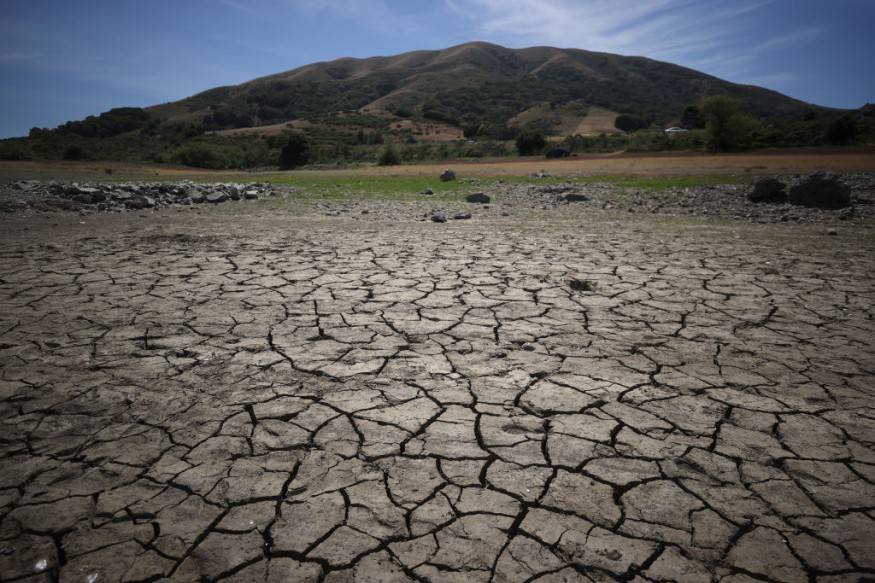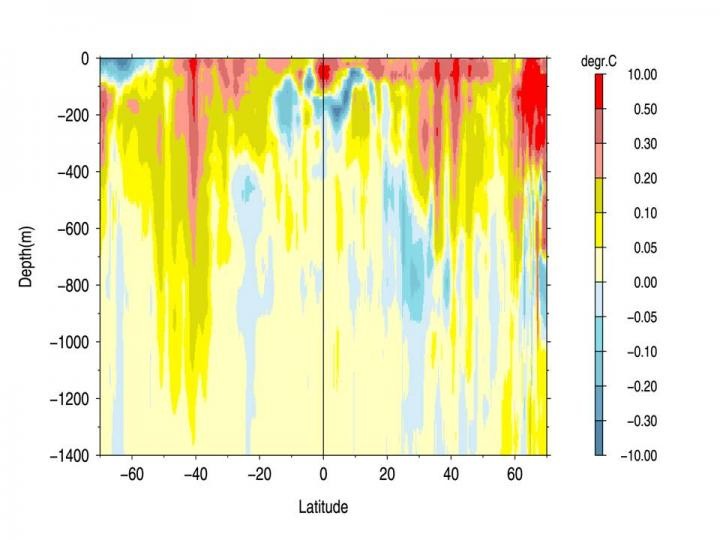According to a recent study, the Earth is storing nearly twice as much heat as it did in 2005, an "unprecedented" rise in the midst of the climate crisis.

In recent research, scientists from Nasa, the US space agency, and the National Oceanic and Atmospheric Administration (NOAA) found that the Earth's "energy imbalance" nearly quadrupled between 2005 and 2019. The rise has been dubbed "alarming."
The discrepancy between how much of the Sun's "radiative energy" is absorbed by Earth's atmosphere and surface against how much "thermal infrared radiation" bounces back into space is referred to as "energy imbalance."
Energy Imbalance

In a statement announcing the findings, Nasa noted, "A positive energy imbalance implies the Earth system is accumulating energy, causing the globe to heat up."
By comparing data from satellite sensors - which measure how much energy enters and departs Earth's system - with data from ocean floats, scientists concluded that there was an energy imbalance.
This global network of data-gathering floats allows researchers to get an "accurate assessment of the rate at which the world's seas are warming."
Because about 90% of surplus energy from an imbalance ends up in the ocean, the data from satellite sensors should correspond to changes in ocean temperature.
"The two very independent ways of looking at changes in Earth's energy imbalance are in really, really good agreement, and they're both showing this huge trend, which gives us a lot of confidence that what we're seeing is a real phenomenon and not just an instrumental artifact," said Nasa researcher Norman Loeb.
"In some ways, the tendencies we discovered were pretty alarming."
Related Article : Californians and Texans Encouraged to Conserve Electricity as Intense Heat Waves May Cause Power Shortages
Trapping Heat

Increases in greenhouse gas emissions trap heat in the Earth's atmosphere, preventing it from escaping into space. Other changes are triggered by the warming, such as ice and snow melt. According to Nasa, a rise in water vapor and changes in cloud cover might worsen the warming.
According to the research, this doubling is attributed to an increase in greenhouse gases and water vapor, as well as declines in clouds and ice.
Global Warming

A "naturally occurring" transition in the Pacific Ocean from a cold to a warm phase, according to the researchers, likely had a substantial influence in exacerbating this energy imbalance.
"It's probably a combination of human forcing and internal variability," Loeb says. "And they're both generating warming throughout this time span, which results in a significant change in Earth's energy imbalance. The scale of the growth is unheard of."
However, according to Loeb, this research merely gives a glimpse into long-term climate change, and "it's not feasible to anticipate with any confidence what the balance of Earth's energy budget could look like in the coming decades," as Nasa puts it.
The study concluded that unless the pace of heat intake lowers, larger climatic alterations are likely.
Related Article : Californians and Texans Encouraged to Conserve Electricity as Intense Heat Waves May Cause Power Shortages
For more climate and weather updates, don't forget to follow Nature World News!
© 2026 NatureWorldNews.com All rights reserved. Do not reproduce without permission.





